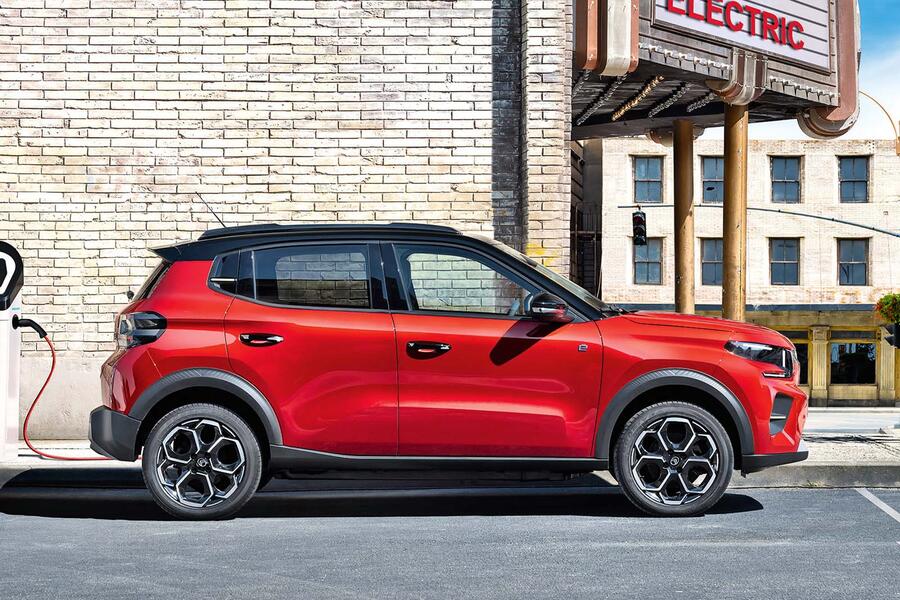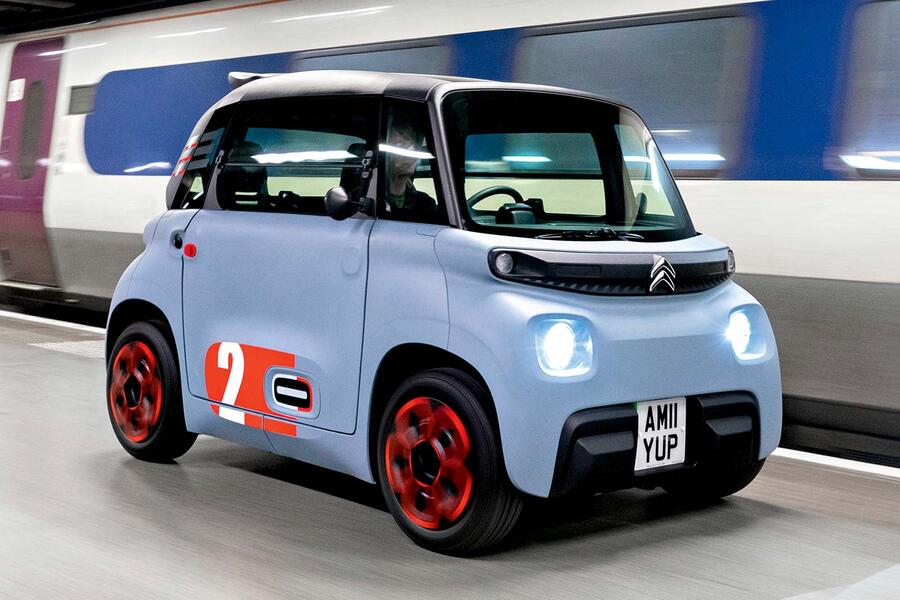Citroën has ruled out smaller and larger models in its future line-up and will instead focus on cars in Europe’s largest mainstream segments.
Speaking to Autocar, CEO Thierry Koskas said the brand “needs to be in the main segments, not niche segments”. This in effect confirms that in future the range would start with the B-segment C3, with the Ami below it, and end with the C-segment C5 Aircross.
Koskas said Citroën has no plans for a replacement for the C1 due to an inability to make it profitable, and he essentially ruled out a replacement for the D-segment C5 X that is “not performing badly but is in a segment that’s non-existent”. He added: “Citroën needs to be in the B- and C-segments as this is the heart of the brand.”
Referencing smaller models, Koskas said there was a “big gap for electric objects” priced between €10,000 and €20,000 between the Ami and the new ë-C3, but the question of filling it is “not easy” to answer. “We have no plans at the moment, but it’s a question of how you fill it,” he said.

“If you go into the A-segment [with a C1 replacement] you would expect to pay less than the B-segment, but the production costs for us are the same.” Citroën will look to use its new value-focused ‘Smart Car’ platform for future models in those core segments to keep costs down.
This architecture, which has been introduced on the new C3, is made using fewer parts so it is cheaper and easier to produce.
Koskas said future Citroëns will not be conventional hatchbacks or SUVs because “it is in the DNA of Citroën to suggest new things”. Instead, the brand will introduce “new shapes that do not exist” on future models. “We will take risks, we need to shake the market and Citroën can do that,” added Koskas. “We will do it in the B- and C-segments, which is the vast majority of the European market. That’s where we need to be.”










Join the debate
Add your comment
Unfortunately, PSA/Stellantis gave up (with a vision of a bright electric future) on the development of new generation of internal combustion engines, they only invested in in the last decade to upgraded version of the Puretech 1.2 l with a new gearbox and MH-EV and only cosmetic modifications to the 1.6l engine Puretech, which has its roots back in 2006 in the PSA/BMW collaboration and to the 1.5 HDI, which replaced the 1.6L HDI from joint development with Ford, but that was basically just a continuation of the years-long collaboration from 1988) and after almost six years of life they completely phase it out in most models. They senselessly dropped the 2.0 Blue HDI from the range, while it was their best-selling engine.... Otherwise it's complete misery and despair, they only offer plug-in hybrids or EVs for everything, they've given up on the development of full hybrids and rely on people which want buy EV´s
and now they have not only torn the flesh of Citroen to the bone, but they are also killing the tradition of great Citroens by arguing that they want to compete with Dacia, bravo mr. Tavares/ Koskas ! And thank you Linda Jackson for pointing them into right direction !
I have never seen in my life anyone else made such damage on purpose to such great automobile brand with indisputable historical and technological value and such great history as Citroen and people will clap your hands and applaude
incomprehensible
Look what was done to Saab, so not quite unique. But I agree, I've always had large Citroëns - mostly estates - and it looks now like the C5X will be my last. I have no interest in an SUV. Thankfully, my use for large cars will likely end with my forthcoming retirement, so a C4 or even C3, electric or otherwise, might do the trick, but to say that size car has been the basis of Citroën is just not true. It's always been a wide spread of classes. DS just don't have the same understanding of comfort and 'out-there-ness' as Citroën do, and they come across as trying too hard. It will be a sad loss, but I suspected this would happen once Stellantis bean-counters started to strut their stuff.
Saab was a fairly small carmaker, producing no more than 130,000 per year in the days of best sales figures, victiom of the economic crisis 2008 and the closed tie-up with GM, while Citroen was a giant carmaker on par with rival Peugeot and produced worldwide over 1 million of vehicles. This is completely incomparable with Saab and since Tavares stepped as CEO and Jackson joined Citroen, there has been an incredible technological castration of Citroen in the name profitability, they killed hydropneumatic suspension calling it anachronism and technological relic, all meaningfull tech was transfered to stand-alone DS brand and then they continue deliberately with gradualy artificial lowering of the brand's image from technologically advanced and comfortable cars to a cheap brand competing with Dacia while Peugeot maintain his position